Oxygen concentrations in Long Island Sound are improving
Like humans, fish and other aquatic life need oxygen to breathe. But around the world, coastal water bodies such as Long Island Sound face extreme low oxygen conditions known as hypoxia, or anoxia (no oxygen at all) that severely threatens wildlife. Humans help drive deoxygenation of coastal waters through eutrophication, a process in aquatic ecosystems where high nutrient concentrations stimulate blooms of algae, usually resulting in low dissolved oxygen levels in the water. Nutrients from the land, including from human waste, animal waste, and fertilizer, are prime sources of the nutrient concentrations.
Since the early 2000s, the Sound has seen a significant reduction in nitrogen, an essential nutrient for plant growth, thanks to a bi-state effort to upgrade wastewater treatment plants. The reduced nitrogen levels has been cited by scientists as an important reason why the Sound has experienced a decline in hypoxia. The animated maps in the video shows charts detailing the week each year when the maximum area of hypoxia was reported by the Long Island Sound Water Quality Monitoring program from 1991-2022. The year with the highest maximum area of hypoxia reported was in 1994 when 393 square miles, 37% of the Sound, had hypoxia. In 2022 the maximum area of hypoxia was 87 square miles, 8% of the Sound.
Hypoxia in Long Island Sound is defined as dissolved oxygen concentrations of less than three milligrams per liter of water. In the maps, blue is considered excellent water quality conditions. Orange is moderately hypoxic, red is moderately severe hypoxic, and black is severely hypoxic to anoxic conditions.
Source: charts produced by the Connecticut Department of Energy and Environmental Protection for the Long Island Sound Water Quality Monitoring Program. Animation by Abbie Winter, CT DEEP.
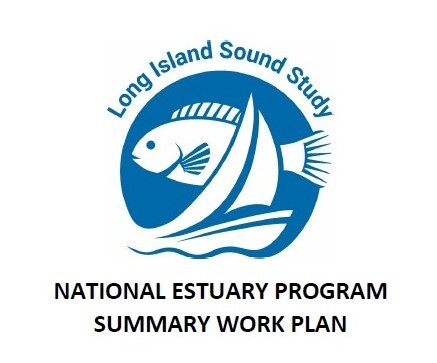
Each year the Long Island Sound Study develops a Work Plan as part of the National Estuary Program. The work plan describes the work conducted with EPA funds to help achieve the goals of the Study’s Comprehensive Conservation and Management Plan. The 2023 Work Plan covers LISS activities planned with 2023 federal funds for Oct. 1, 2023 to Sept. 30, 2024 (fy24). It also highlights projects undertaken from Oct. 1, 2022 to Sept. 30, 2023 (fy23) with 2022 federal funds.
Open the LISS 2023 NEP Work Plan link to read the document.
CT DEEP will help to remove a defunct dam from the Pequabuck River located in Bristol, CT, restoring 8.5 miles of free-flowing river for fish passage and removing contaminated sediment that has accumulated behind the dam.

This article was originally published in December 2022 as part of the Bipartisan Infrastructure Law fact series.
The Middle Street Dam, located on the Pequabuck River in Bristol, CT, will be demolished and removed in order to restore 8.5 miles of unobstructed river. The Connecticut Department of Energy and Environmental Protection (CT DEEP) will lead the removal project with the help of a $1.6 million grant from Long Island Sound Study (LISS). The grant will be funded using allocations from the Bipartisan Infrastructure Law (BIL).
A granite dam was originally built at the site by the Bristol Brass Company in the 19th century to divert water to its factory. In the late 1960s, the current owner, the Connecticut Department of Transportation, smoothed over the dam and reinforced it with cement. The dam no longer provides any benefits, including flood protection, but it does require frequent maintenance and a yearly inspection.
As part of the dam removal process, contaminants that have accumulated behind the dam, including heavy metals and PCBs, will be fully removed from the site. Construction crews will then begin to remove the dam itself, which spans 95 feet across the river at a height of seven feet and a width of 15 feet. Once the dam is fully removed, which is expected by 2024, additional crews will plant native vegetation along the riverbank. Large cobbles will be placed on the sides of the affected riverbank to model the appearance of the environment just upstream. The area, including the site that was previously contaminated, will be restored to healthy wetland conditions, which will make it habitable for fish and other animals living near the banks.
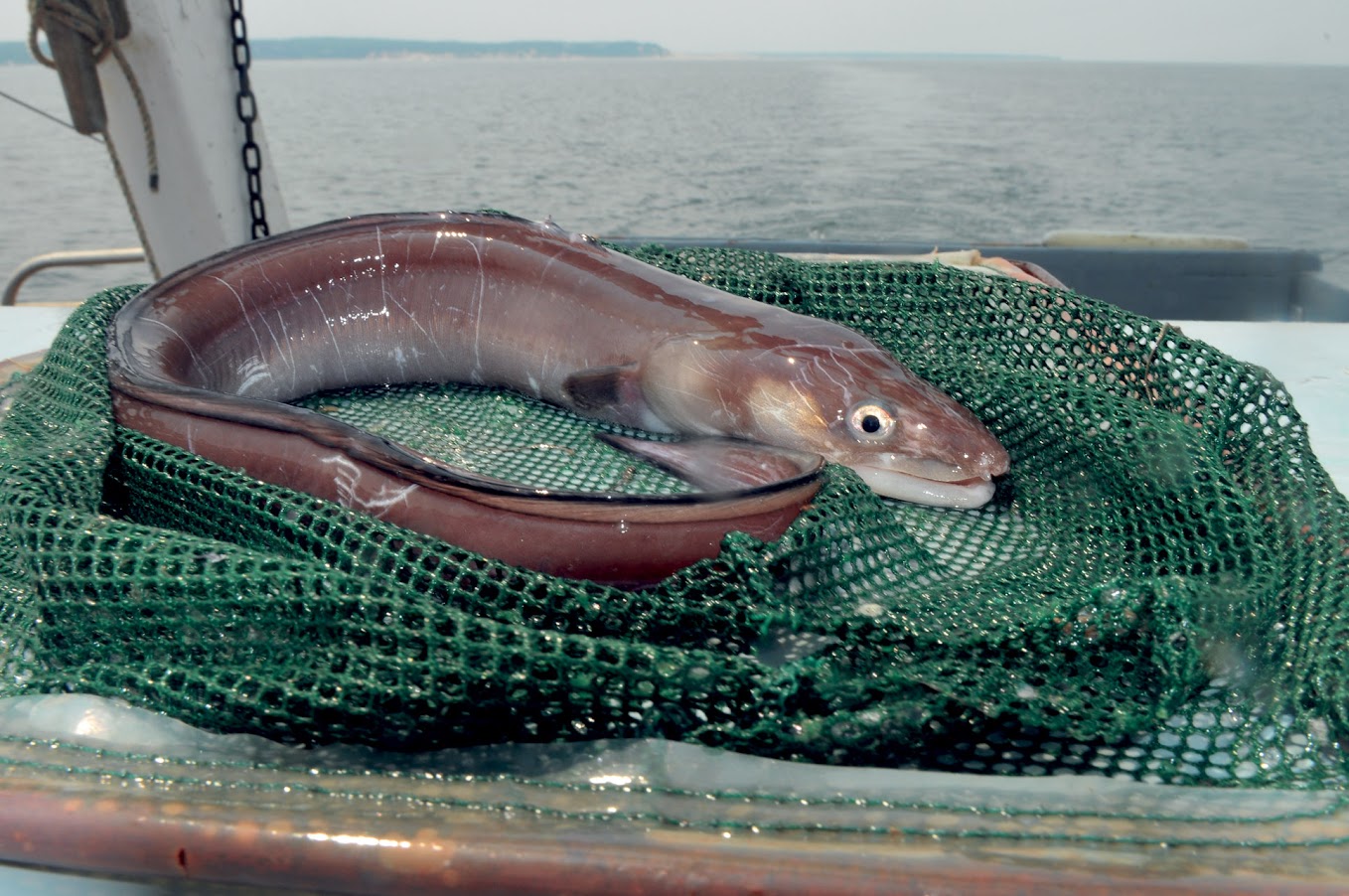
The Middle Street Dam completely prevents migratory fish from being able to travel from Long Island Sound to the upper parts of the Pequabuck. Once the dam is removed, important fish species like alewife, sea lamprey, and the American eel will be able to migrate from Long Island Sound to stream habitat that can be used for foraging and spawning.
A restored river also will have community benefits. It should help enhance a proposed greenway along the river that passes the dam site. The proposed greenway also goes through a city-owned brownfield, a contaminated property city officials hope to clean up and develop into the park.
The Long Island Sound Study and its partners have reopened nearly 430 miles of rivers and streams for fish passage in Connecticut and New York since 1998.
Cigarette butts. As part of the annual #DontTrashLISound summer campaign, the Long Island Sound Study creates a list of the top 10 litter items collected in both states by volunteers at LIS beaches. Since 2015, cigarette butts have been the top category on the list of trash collected.
Every fall, volunteers from all over the world, including in Long Island Sound, conduct coastal cleanups and report their findings to the Ocean Conservancy as part of the International Coastal Cleanup. The cleanups around Long Island Sound are coordinated by the American Littoral Society in New York and Save the Sound in Connecticut.
The Long Island Sound Study also compiles data on the amount of trash in pounds at these cleanups and the total trash collected/per mile for the Marine Debris Ecosystem Target. There is also a Marine Debris by Category supporting indicator, which includes cigarette butts as a category.
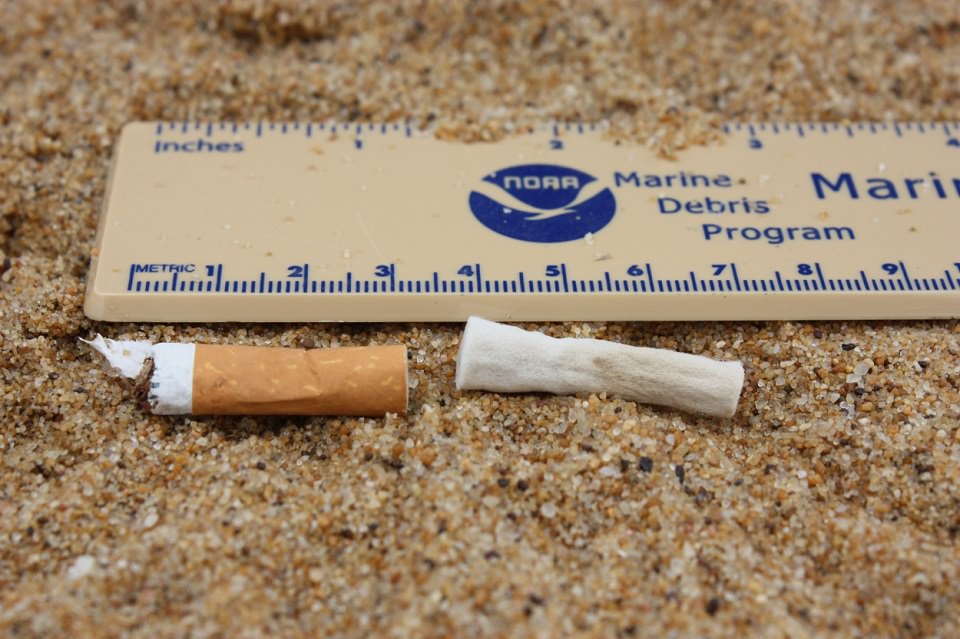
What is the most commonly found ocean litter? (noaa.gov)
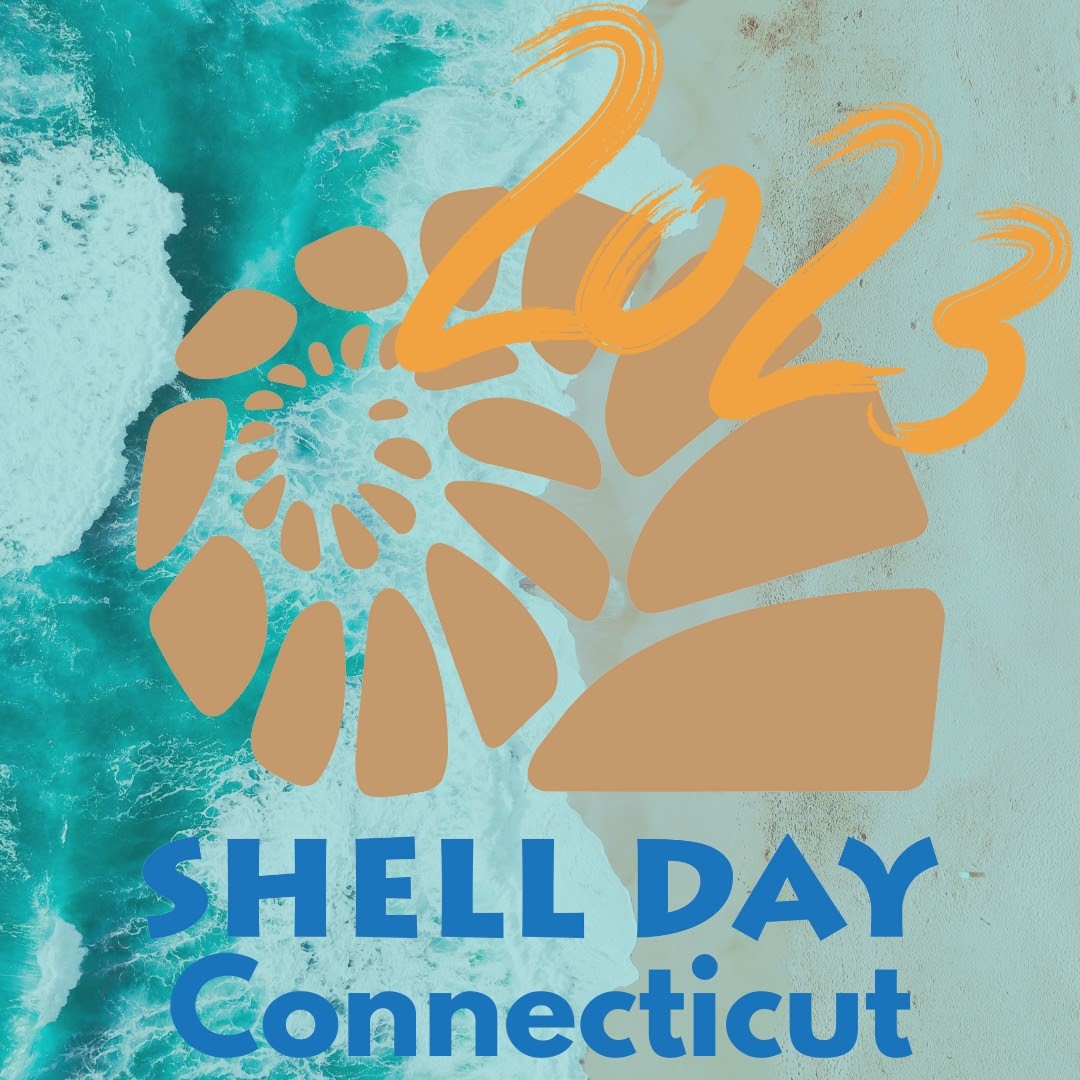
Aug. 24, 2023 is Shell Day in Connecticut. Scientists and resource managers will join forces with community-based water quality monitoring organizations to help maintain a #healthyLISound. They will be sampling for coastal acidification in 10 of the Sound’s bays and harbors.
Acidic or near acidic coastal waters can weaken oyster and clam shells, harming the marine life and the economy.
The carbon dioxide that humans release to the atmosphere by burning fossil fuels is changing the chemistry of the ocean by increasing its acidity. Nutrient pollution can also increase the acidity of coastal waters by stimulating algal blooms.
Read the fact sheet, prepared by Lauren Barrett, a Ph.D. candidate in marine sciences at the University of Connecticut, for more information.
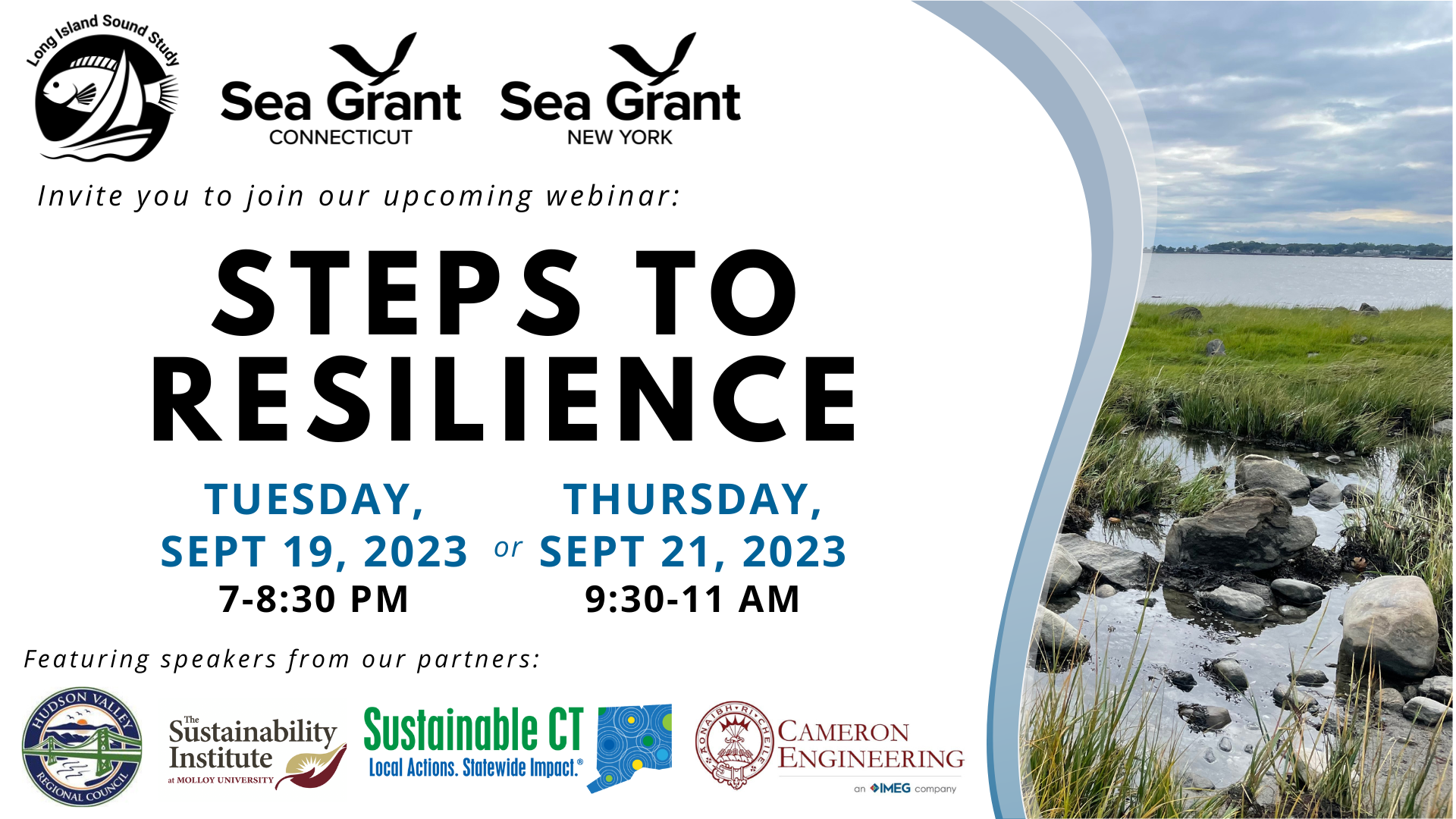
The Steps to Resilience webinar for Long Island Sound communities in September will be the first webinar in a series of planned resiliency trainings and workshops. Over the coming months you will have the opportunity to learn how to develop impactful resilience projects, be inspired by other communities and projects from around Long Island Sound, and set your community up for funding success.
Steps to Resilience will set the stage for getting started with resilience planning and include information on local climate impacts and projections, resilience planning strategies, and climate certification programs for both NY and CT.
Please note that this webinar is being held twice: once in the evening on Tuesday, September 19, and then again in the daytime on Thursday, September 21. You are welcome to attend both, but the content will be the same for both webinars.
For the September 19, 2023 webinar from 7-8:30 PM, register here.
For the September 21, 2023 webinar from 9:30-11 AM, register here.
The trainings and workshops are organized by extension professional staff of the Connecticut and New York Sea Grant Programs in conjunction with the Long Island Sound Study. Please reach out to LISResilience@gmail.com with any questions.
This news release first appeared on the Connecticut Sea Grant website.
More information:
Judy Benson, CT Sea Grant communications coordinator, judy.benson@uconn.edu, (860) 287-6426
Melissa Pappas, Save the Sound ecological communications specialist, mpappas@savethesound.org; (480) 212-6630
New Haven (Aug. 7, 2023) – Now in its seventh year, the #DontTrashLISound campaign will kick off August 12 with a cleanup of the Long Wharf area led by Connecticut Sea Grant and Save the Sound.
The five-week campaign of cleanups and social media posts, part of the Long Island Sound Marine Debris Action Plan led by the Connecticut and New York Sea Grant programs, will target a highly visible area of the New Haven shoreline next to Interstate 95 and a popular area for food truck vendors.

The theme of this year’s campaign is “Love the Coast—Pitch the Plastic,” a message intended to encourage people to show appreciation for Long Island Sound by making conscious choices to reduce their overall use of plastics, which are harmful to wildlife and people as litter in the environment.
“Unfortunately, it doesn’t take long to find plastic items and pieces littering our beaches,” said Nancy Balcom, associate director for Connecticut Sea Grant. “It’s an ongoing effort to find ways to minimize the use of plastic in our daily lives, and to take the time to pick up plastics and other trash whenever and wherever we see it on beaches and along roadsides.”
The campaign’s purpose is to motivate people to switch to reusable items instead of single-use plastic ones, and to dispose of trash properly to protect humans and wildlife. This year’s addition to the series of colorful “Protect Our Wildlife” stickers for reusable water bottles and travel mugs given out as part of the campaign will feature the horseshoe crab. Stickers introduced in previous years include images of osprey, harbor seals, blackfish, squid and other animals that depend on clean marine waters for their survival.
“We are excited to dive into our Connecticut Cleanup season at Long Wharf, supporting the #DontTrashLISound campaign,” said Annalisa Paltauf, Save the Sound’s cleanup coordinator. “Our Cleanup Report, which summarizes data from 2017 through 2022, highlights plastics—both macro and micro—as major hazards. Plastic leaches toxic chemicals into our waters and can cause starvation and suffocation in wildlife. We can prevent a lot of plastic from becoming hazardous by simply consuming less of it and disposing of it correctly.”
Volunteers from Reimagining New Haven are expected to join in the cleanup, which will take place from 10 a.m. to 12 p.m. Other volunteers are welcome to join. Volunteers should meet at Long Wharf Park, near the schooner pier. Parking is available along Long Wharf Drive.
To sign up for this and other cleanups across Connecticut, fill out this form. For more cleanup information, visit Save the Sound’s cleanup webpage or contact Annalisa Paltauf at mailto:apaltauf@savethesound.org. Past #DontTrashLISound campaigns have begun with cleanups at various shoreline locations, including Bluff Point State Park in Groton, Sherwood Island State Park in Westport and Seaside Park in Bridgeport. The campaign will continue until International Coastal Cleanup Day on Sept. 16, when volunteers will pick up trash at dozens of shoreline and inland locations statewide. Save the Sound continues to clean up locations across the state through October.
Cleanups will also take place on the New York side of Long Island Sound, hosted by New York Sea Grant and the American Littoral Society. These will include several on International Coastal Cleanup Day Sept. 16 and a Halloween Beach Cleanup on Oct. 28 at West Meadow Beach in Stony Brook. Volunteers are invited to wear costumes to the cleanup. To sign up for one of these cleanups, tap the QR code on the American Littoral Society Beach Cleanup Flyer. For more information about cleanups in New York, email Jimena Beatriz Perez Viscasillas, Long Island Sound outreach coordinator for New York Sea Grant, at: mailto:jbp255@cornell.edu.
###

This document describes the governance of the organizational structure and functions of the Long Island Sound Study in advancing actions for the protection and restoration of Long Island Sound under the Comprehensive Conservation and Management Plan (CCMP). See PDF.
Note: The Request for Proposals has been extended to September 11.
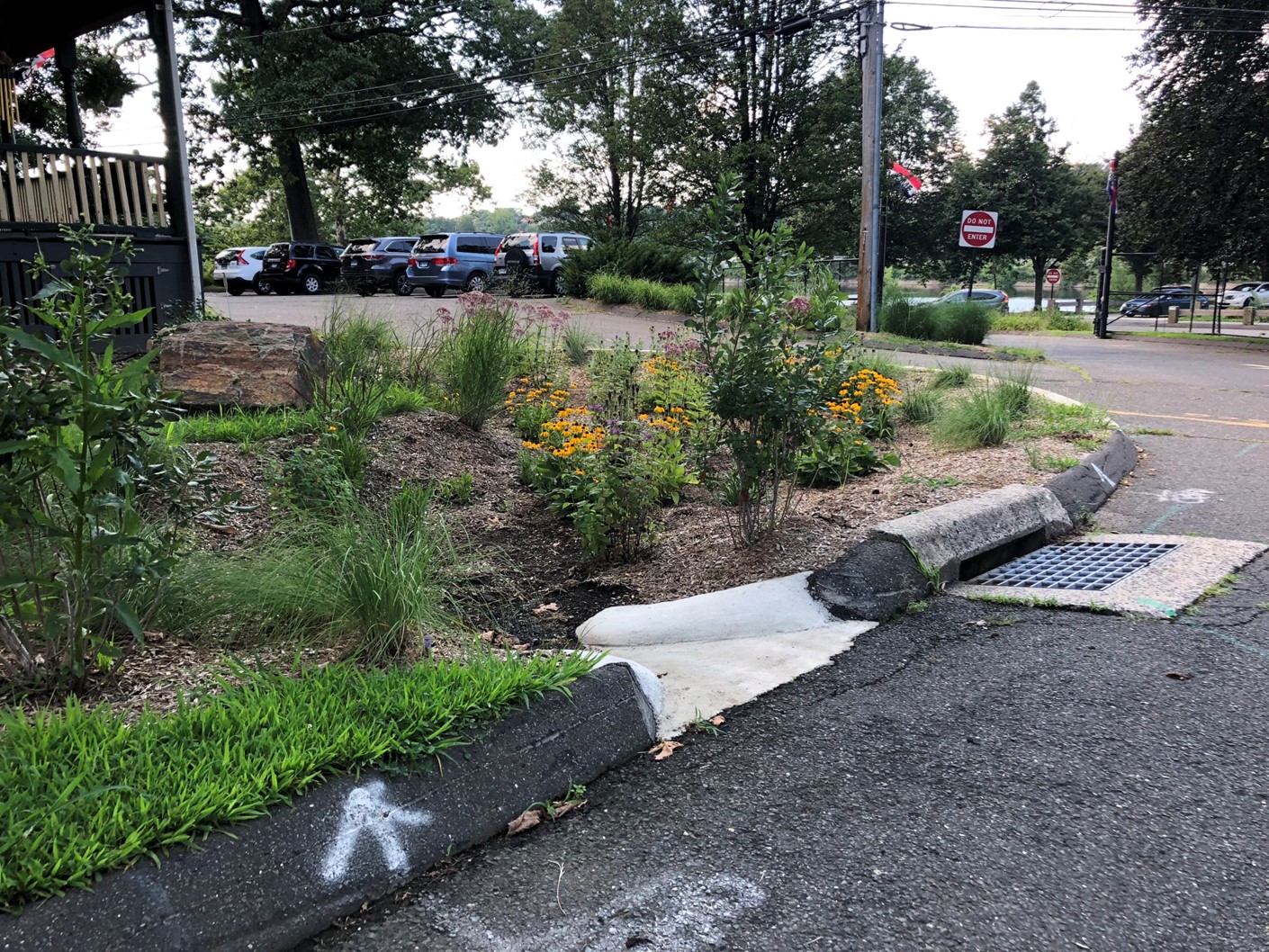
NEIWPCC, in cooperation with Long Island Sound Study, the Connecticut Department of Energy and Environmental Protection, and other partners, is seeking a Request for Proposals for the continued development of the Long Island Sound Best Management Practices tracking tool. The BMP tracking tool for nonpoint source and stormwater pollution will focus on the Connecticut portion of the Long Island Sound watershed. The objective of the RFP is to further develop and implement a tracking and accounting system (Phase II, Part-2) based on the recommendations of Phase I, and the comments received during Phase II-Part 1 of the project. The results of the project will advance the tracking and reporting of a nonpoint source and stormwater tracking tool in Connecticut. This project will build upon the previous phases of this project while dovetailing with ongoing modeling and tracking projects being completed by others in the Long Island Sound watershed.
Applicants who are eligible to submit proposals in response to this RFP include: federal (non-EPA), state, or local government agencies; interstate agencies; private non-profit organizations and institutions; for-profit organizations; and academic or educational institutions. Partnerships are allowed. There is $250,000 available for this project and it is anticipated that one successful project will be chosen.
Proposals must be submitted by no later than 12:00 PM EST (noon) on July 31, 2023. The RFP is available on the NEIWPCC website.
June 16 is World Sea Turtle Day! The Sound provides habitat for five of the seven species of sea turtles that swim our oceans. One simple way to help sea turtles is to keep plastic pollution away from our waterways.